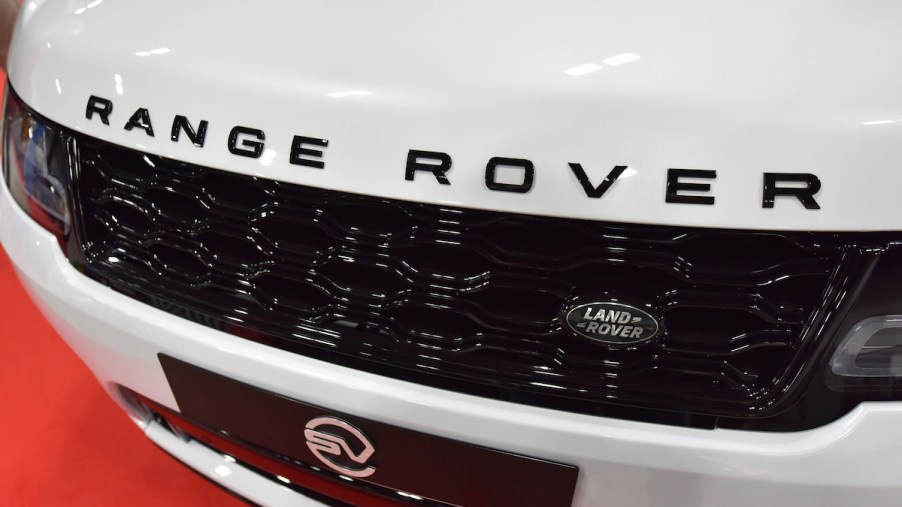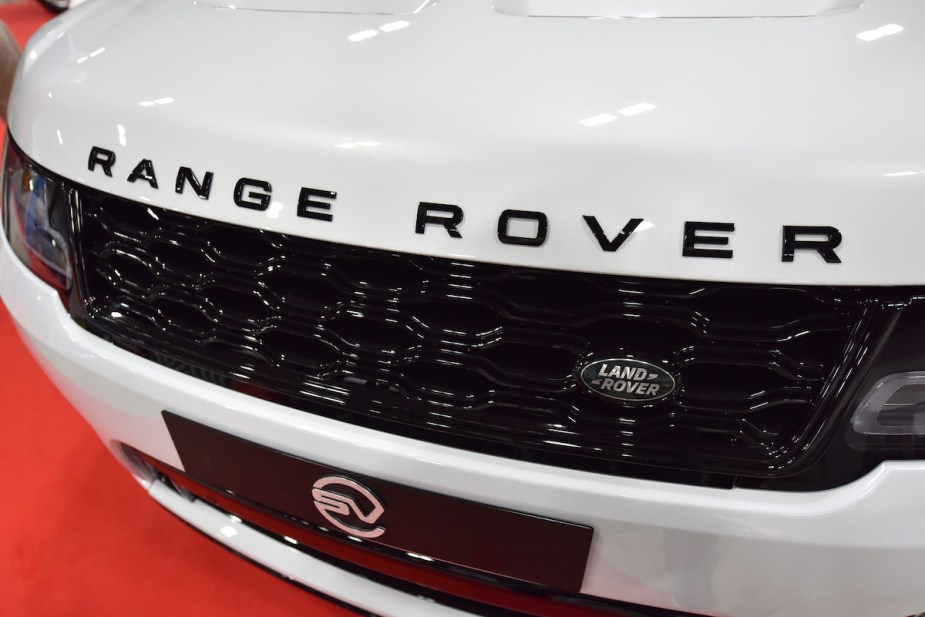
3 Things to Know Before Buying a Used Range Rover
The Land Rover Range Rover is a classic SUV produced for over 50 years. There have been five different generations of the Range Rover. Let’s take a closer look at the different generations, common complaints with these models, and see if purchasing used or Certified Pre-Owned is the way to go.
First Generation (Classic)
The first generation of the Range Rover was produced from 1970 to the 1992 model year. These Classic models offered four doors in the United States and featured a powerful V8 engine. Automatic transmission was also standard.
Generation 2 (P38)
The second generation of the Range Rover was produced from 1996-2002. These models came equipped with a plusher interior and more convenient features. There was only one wheelbase, but two V8 engine options were available.
Generation 3 (L322)
Third-generation models received a total redesign using architecture developed by BMW. According to Autotrader, “Initially powered by a BMW V8 engine, the L322 earned a face-lift for the 2006 model year that saw the arrival of a new transmission and a more powerful Jaguar-Land Rover V8.”
Generation 4 (L405)
We met the fourth generation of the Range Rover in 2013. This generation saw yet another major redesign, this time with an even more sleek and modern look. In addition, the plug-in hybrid version was introduced for 2019 models.
Generation 5
Fifth-generation models kicked off in the 2022 model year. This is the first time the brand has released a 3-row Range Rover. But more importantly, they released more eco-friendly hybrid options for drivers.
Common Land Rover Range Rover complaints

While the Range Rover is generally considered to be a reliable SUV, there are some common complaints owners have registered over the years:
Expensive repairs: One of the most common complaints about the Range Rover is that repairs are costly. This is especially true for older models, which can require frequent maintenance.
Poor fuel economy: Another common complaint is that the Range Rover isn’t particularly fuel efficient. This is especially true for older models, which can guzzle gas at an alarming rate.
Depreciation: Land Rover SUVs will depreciate more than the average used car. According to HotCars, “When a car exits the lot, it loses on average 20% of its value, for luxury cars this number can get up to 20% a year, escalating to up to 70% in a 5-year window.”
Used vs. Certified Pre-Owned Land Rover
The main advantage of buying a used Land Rover is, of course, the price tag. Used cars are typically much cheaper than their brand-new counterparts—sometimes tens of thousands of dollars cheaper. There are some risks associated with buying a used car. For starters, it’s important to have a used car inspected by a qualified technician before making the purchase. This way, you can be sure that there aren’t any underlying issues that could cause problems down the road.
Like used cars, certified pre-owned (CPO) Land Rover models are cheaper than their brand-new counterparts. However, CPO cars come with certain advantages that used cars don’t have. For starters, CPO Land Rover models must meet strict criteria set forth by the manufacturer to even be considered for certification. The vehicles must pass a 165 multi-point inspection. This means that CPO cars are typically of higher quality than your average used car.
In addition, CPO cars often come with added benefits like extended warranties and roadside assistance—things that you wouldn’t get with a used car.
Is buying a used Range Rover worth it?
Overall, it depends on your preferences. Used Range Rover SUVs may have the reputation of being unreliable, but they aren’t considered “bad cars.” You may have to have more patience than you would with another luxury vehicle. The good news is you can buy a used Range Rover SUV at a great price.



